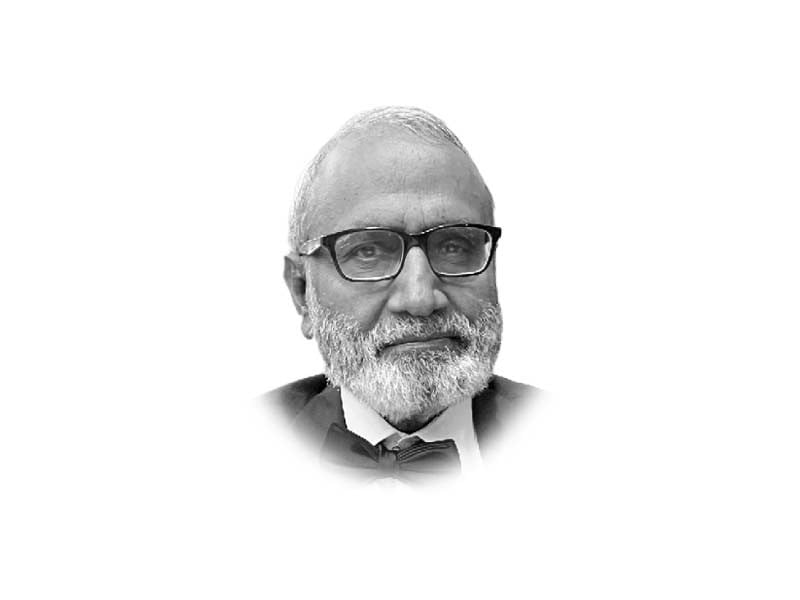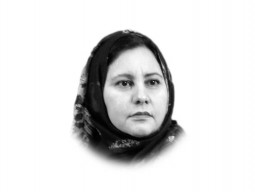
The PPP has enjoyed an uninterrupted sway in Sindh for the past 15 years. However, its relatively progressive stance at the national level is hardly reflected on the ground. A 2019 report by the Human Rights Commission asked: “Is Sindh Falling Through the Cracks?”
In an eye-opening research led recently by Reza Ali, a renowned development professional, the question mark has been removed. By looking at the state of inequality and inclusion on the basis of wealth distribution, the research shows that Sindh is falling through the cracks. Wealth distribution is best reflected in land ownership.
Only 2% own a quarter of the farmed area. In sharp contrast, a little over a quarter of the farmland is owned in average parcels of 1.6 hectares. To this bottom are added two million landless households. The subsistence holders and landless households have no surplus to spend or invest. This drags down the nearby small towns as well.
No wonder, the richest 20% make 5.3 times the per capita income of the bottom 20%. Relatedly, the gap between the urban and rural human development index is the highest for any province. Excluding Karachi, Sindh is more rural than urban, which limits employment opportunities outside agriculture. Agriculture employs 51% of the workforce in Ghotki, 63.2% in Jacobabad, 73.4% in Kashmore and 62.6% in Kambar-Shahdadkot. The economies of small towns depend on agriculture with all its vulnerabilities.
Skewed land distribution and dependence on agriculture perpetuates inequality. In these five cities, “interviewees complained about the inferior quality and inadequacy of public services. In fact, the poor state of services was cited as a major factor behind out-migration of entire households, or some members of households, to larger cities. Sending children to better schools in larger cities was common amongst the better off households in all the five cities.
Similarly, families were forced to split up and migrate in case of a serious illness of a household member, which typically could not be treated even in the district headquarters hospital.” As poor quality of public services directly affects the bottom 20%, it makes inequality worse.
Unequal land distribution is maintained by political power. Of the 130 general seats in the outgoing Sindh Assembly, 40% belonged to landlords and agriculturists. Another 20% came from landholding families. So 60% of the general seats were held by landed interests concentrated in one party. Such distribution of power is unlikely to deliver genuine land/tenancy reform or housing rights for the landless. Field interviews revealed that the small agro-based enterprises in small towns had only contract labour. Bonded labour is still there, with obvious implications for social inequality.
In the bottom 20%, only 9.1% of children aged 5 are in school and 70.6% of middle school age children are out of school. Literacy rate of 15 to 49 year old women is just 3.8%. Only 11.6% of males and 5.4% of females aged 7 to 14 could read a simple text. Less than 1% had used a computer. 1.9% of women aged 15 to 19 had had a child before the age of 15 and the number of children per women is at least 5. Neonatal mortality is more than double the upper quintile, as are the Infant and under-5 mortality and underweight children.
However, the demand for contraception was the same in both quintiles, with obvious differences in quality. The only equality between the two quintiles is in the proportion of smokers.
The research concludes that that without dealing with these structural economic and power imbalances, social and economic indicators can only worsen.
Published in The Express Tribune, August 25th, 2023.
Like Opinion & Editorial on Facebook, follow @ETOpEd on Twitter to receive all updates on all our daily pieces.









1729685382-0/Untitled-design-(57)1729685382-0-270x192.webp)











COMMENTS
Comments are moderated and generally will be posted if they are on-topic and not abusive.
For more information, please see our Comments FAQ